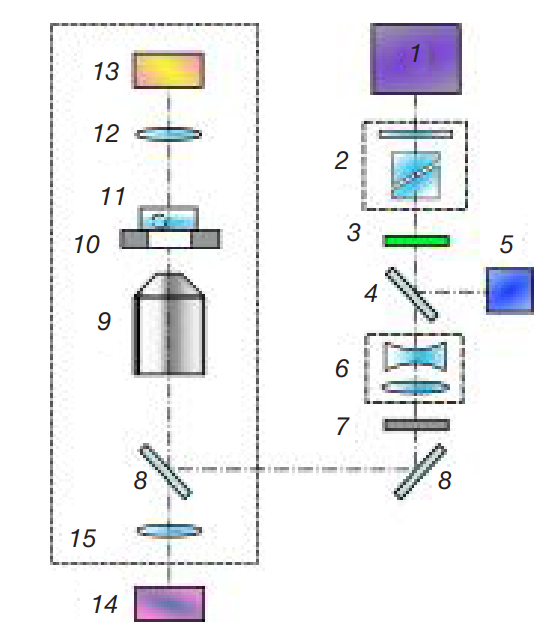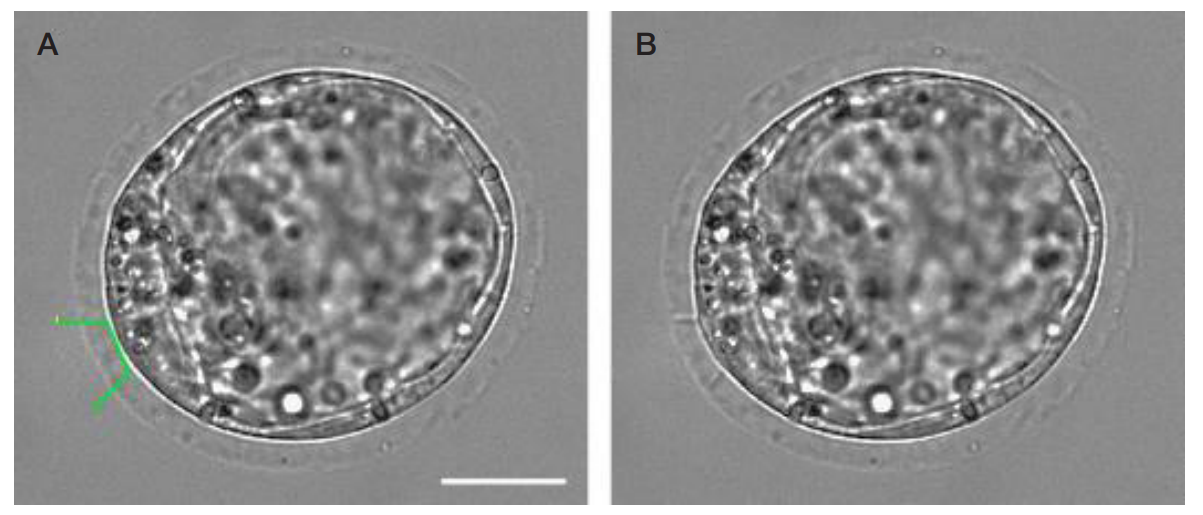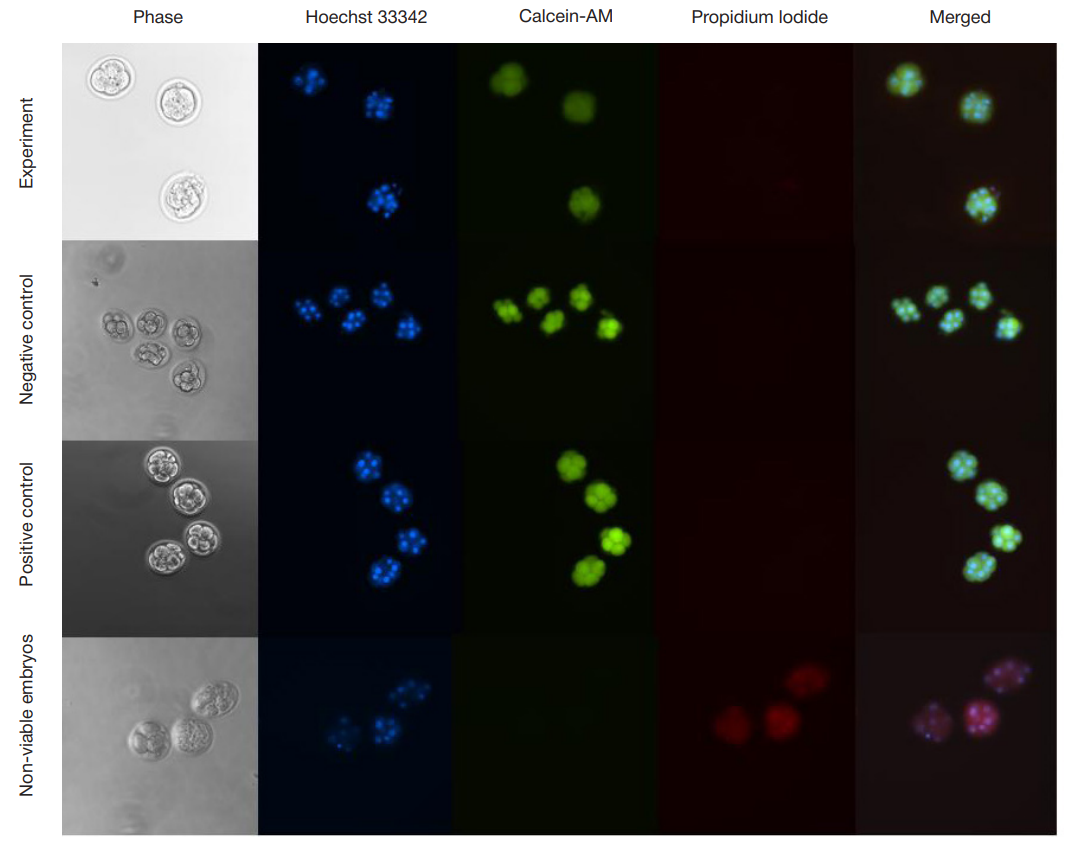
This article is an open access article distributed under the terms and conditions of the Creative Commons Attribution license (CC BY).
ORIGINAL RESEARCH
Exploration of the femtosecond laser pulse thermal effects on the mouse embryos during the assisted hatching procedure
1 Institute of Gene Biology, Russian Academy of Sciences, Moscow, Russia
2 Joint Institute for High Temperatures of the Russian Academy of Sciences, Moscow, Russia
Correspondence should be addressed: Marina V. Kubekina
Vavilova, 34/5, 119334, Moscow, Russia; moc.liamg@ymukyram
Funding: the procedures involving manipulating embryos using a laser and assessment of expression of the genes responsible for synthesis of heat shock proteins were supported by RSF (project 23-19-00424) and conducted using the equipment of the UNU "Laser Terawatt Femtosecond Complex", which was a part of the Center for Collective Usage "Laser Femtosecond Complex" of the Joint Institute for High Temperatures RAS. The procedures to acquire embryos were supported by the UNU “Transgenbank” grant (№ 075-15-2021-668 of July 29, 2021).
Author contribution: Kubekina MV — immunofluorescence staining and assessment of the heat shock protein expression levels, manuscript writing; Filatov MA — handling embryos, statistical processing, manuscript writing; Silaeva YuYu — general management of the experiment; Sitnikov DS — laser miscrosurgery, data processing, manuscript writing; all authors — discussion and manuscript editing.
Compliance with ethical standards: the study was approved by the Ethics Committee of the Institute of Gene Biology RAS (protocol № 1 dated 25 September 2023) and conducted in strict compliance with the provisions of the Directive 2010/63/EU of the European Parliament and of the Council of 22 September 2010 on the protection of animals used for scientific purposes.






